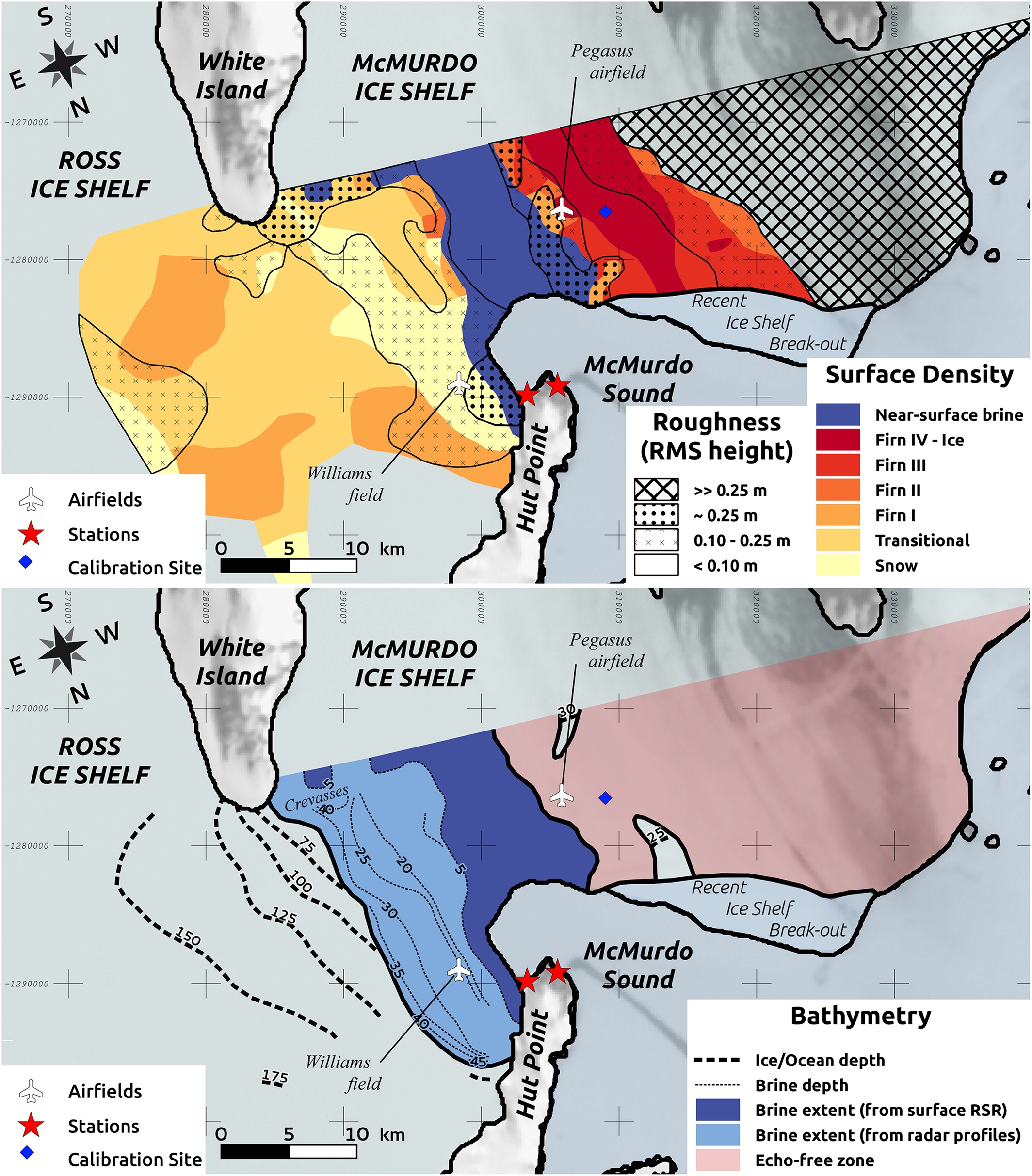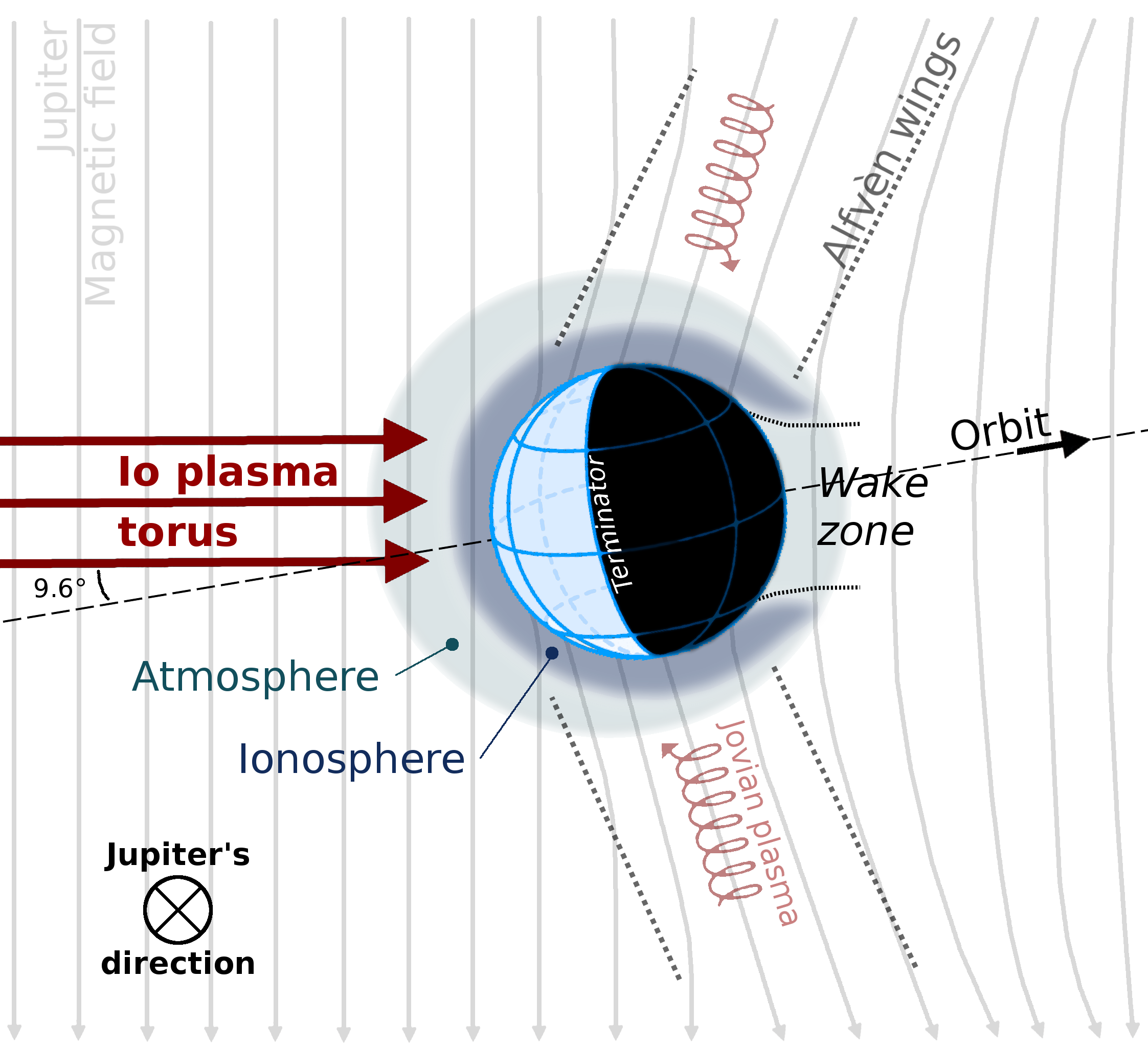Portfolio
Here is a work sample of my science contribution, coming either from 1st-author or significant-contribution papers.
The Waves of Titan's Hydrocarbon Seas
The northern hemisphere of Jupiter's moon Titan is covered with large hydrocarbon liquid bodies the size of the Great Lakes on Earth. Our measurements from the CASSINI radar during the early summer indicate waves less than 1-cm high and 20 cm long. Although local fields of transient wave activity cannot be ruled out, it suggests overall quiet wind conditions and sea surfaces favorable for smooth landing.

Hidden Brine Detection in Near-surfaces
Layers of liquid brine lying in the near-surface (less than 5-10 m deep) would be a compelling accessible target for any planetary landing mission. Yet, it is too deep to be detected by orbital imagery and spectrometry, and too shallow to be resolved by a conventional radar sounder. A near-surface horizontal layer of liquid brine infiltrates the McMurdo Ice Shelf, Antarctica from the nearby ocean, and is a potential hazard for its stability. We detected and outlined the brine extent with a novel reconnaissance technique using an airborne radar, demonstrating the capability of the NASA's Europa Clipper to detect such shallow liquid body, if any, at the Jupiter's icy moon with REASON, the radar sounder of its science package.

Planetary Landing Site Reconnaissance
The character of a planetary landing site should ensure enough stability for the machine to operate optimally after landing and that no surface prominences obstruct the deployment of mechanical appendages. To complement existing site assessment through common remote sensors (e.g., imagery, spectrometry, altimetry), we have developed a technique to assess the surface roughness and porosity from orbital radar. The concept has been validated in Antarctica and used for the landing selection of the 2018 NASA's Insight Lander at Mars. It is now as a investigation tool for surface reconnaissance at Europa by NASA's Europa Clipper.

Europa's Ionosphere and Radio Propagation
The jovian moon Europa is a primary target for radar sounding to detect liquid bodies hidden by its icy crust. However, Europa is surrounded by a variable ionosphere that could interfer with the radar signal. These papers characterize the impact of Europa's ionosphere on radio propagation, and proposes strategies to use a radar sounder for observing the icy moon.

Mars Ices 95% pure at the Northern Polar Cap
Martian ice has the same crystalline structure as on Earth but accumulated under an extreme planetary environment (mean surface temperature and pressure of 155 K and 0.008 bar, respectively). Both Martian polar caps are massive deposits of ice at the surface of the red planet. The impurity content of the ice would provide key information on its rheology while its spatial distribution is linked to the interaction of the polar caps with the local climate. It is also a crucial information to evaluate the potential of polar ices for future In-Situ Ressource Utilization (ISRU). We have used the penetration properties of the radio signal from SHARAD to derive a purity rate ≥ 95% for the bulk ice at the Northern polar cap. Impurities are also more concentrated at the cap's edges, similar to what can be observed on Earth.
